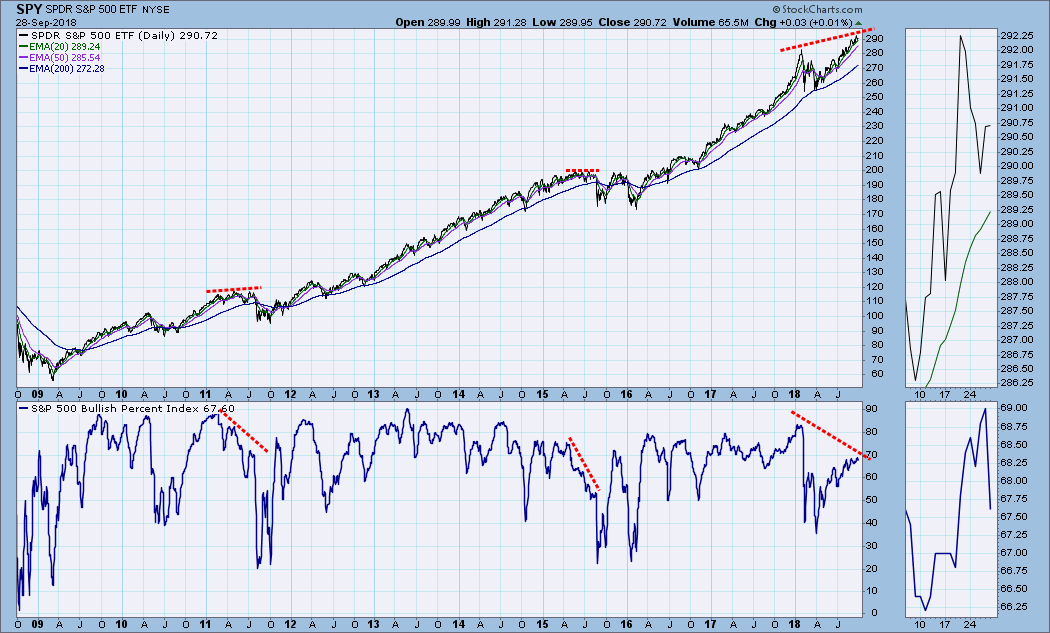Bank Shares Tumble as Earnings Season Nears
The S&P 500 financial sector is heading for its worst week in six months.
Bank stocks are suffering their worst week in six months, the latest sign that investors remain cautious on the financial sector even as the U.S. economy grows at the fastest pace in years.
The S&P 500 financials sector has fallen 3% this week, on pace for its worst period since March 23, to trim all of its 2018 gains. The decline comes after the group hit a six-month high last week. The more narrow KBW Bank index of 24 bank stocks has also struggled, lagging behind as the broader stock market has hit fresh records.
The underperformance of financial stocks after the group rose 20% in 2016 and 2017 shows that investor worries about the global economy continue to hang over the latest leg of the bull market, analysts say.
With the Federal Reserve steadily raising short-term interest rates, a flattening yield curve—the gap between yields on short- and long-term Treasurys—is still depressing bank shares. Some analysts expect a flatter curve to continue hurting financials, which borrow money short-term and lend it out at longer maturities, even if the group posts stronger-than-expected earnings when reporting season kicks off in earnest in two weeks.
Bank stocks slumped along with the 10-year U.S. Treasury yield late in Wednesday’s session after the Federal Reserve raised interest rates and stuck with projections for more gradual increases ahead. The declines rippled through the broader stock market, pushing the S&P 500 into the red for a fourth straight session.
Some analysts say the sector’s recent volatility indicates broader anxiety that a trade war will cut demand for loans, with economic weakness in industries tied to banking, such as the housing and auto markets, continuing to worry investors. Volatility in other growth-sensitive assets like commodities has been another warning sign for money managers.
“It does beg the question: What are they suggesting about where economic fundamentals are heading?” said Jim Paulsen, chief investment strategist at Leuthold Group.
Some investors remain confident in bank stocks, which are still up 5% for the quarter and trade at cheaper levels than the broader market ahead of earnings.
But after the market largely shrugged off the group’s steady second-quarter results in July, it’s worth keeping an eye on their performance as stocks head into October.
Are you worried about the dip in bank stocks? Let the author know your thoughts at amrith.ramkumar@wsj.com. Emailed comments may be edited before publication in future newsletters, and please make sure to include your name and location.
https://www.wsj.com/...ears-1538136000













